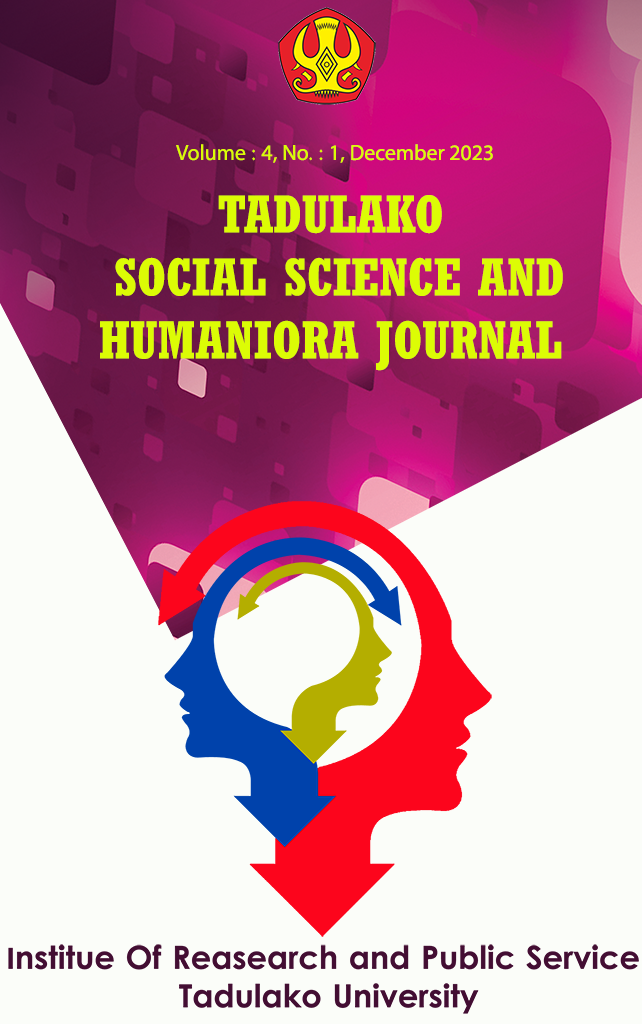Main Article Content
Abstract
This research was conducted in shelters in two sub-districts, namely Mantikulore and Ulujadi sub-districts, with the aim of describing the level of ARI and diarrhea vulnerability after the disaster (especially shelters in Mantikulore and Ulujadi sub-districts). This research uses weighting scoring method and image interpretation method. The population in this study was 1,138 families from temporary shelters in the two sub-districts, with a sample size of 114 families. Meanwhile, the technique used to obtain samples is quato sampling. The results obtained are (1) In the parameter of ARI sufferers and the parameter of the use of anti-mosquito coils, it can be seen that most respondents fall into the classification of the class not vulnerable. On the parameter of the physical environment of the shelter (number of shelter members and ventilation area), all shelters are classified as highly vulnerable. On the smoking habit parameter, it can be seen that most respondents fall into the highly vulnerable class classification. In the parameter of road area, it can be seen that there are some shelters that are classified as not vulnerable and some are classified as very vulnerable. (2) In the parameter of ARI patients, it can be seen that most respondents are classified as not vulnerable. In the parameter of hand washing before eating and after defecation, it can be seen that all respondents are classified as not vulnerable. For waste management, half of the respondents were classified as vulnerable. In terms of the distance from the shelter to the polling station, it can be seen that all shelters are classified as highly vulnerable.
